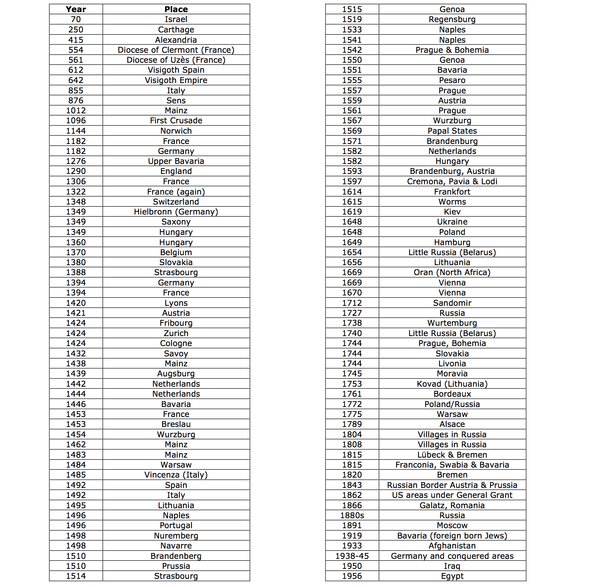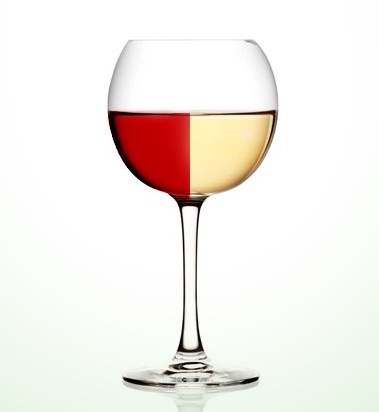The purpose of this blog is to get them thinking - yes, thinking! - at the Shabbat table. Please print and share.
 Yesterday I participated in a panel discussion at the US Department of Education.
Yesterday I participated in a panel discussion at the US Department of Education.
I was the only panelist.
They have a monthly staff lecture and really wanted to honor Jewish American Heritage Month (who knew? and, incredibly, there's even a competing website). So they worked their network and somehow, rather randomly, came to me.
I was asked a series of questions about Jewish education. The overall goal was to give them a snapshot, framed however I would like.
So here's a great first question for your table:
If you had the opportunity to describe and explain American Jewish education to a group of potentially influential staffers at the DOE, how would you frame it?
Naturally, I began with a biographical note, mentioning my roots in the City of Destiny and making the usual Tacoma, Washington / Takoma Park Maryland joke. They always love that.
I was also asked to describe my professional background. I explained that there are two kinds of rabbis, the pulpit kind and the scholarly kind. Only I didn't use the word "scholarly"; instead, I held up a hefty volume of the Talmud (see above) and explained that this is the thinnest volume on my shelf, and my own "rabbi" badge means that I was tested for a level of competence in this set of books. That's not precise, but it's reasonably accurate.
And it made for great show-and-tell.
And then I gave them a handout that looked like this:

2nd Question for your table - can you ID those four sets?
IMHO, anyone who wants to understand much of what we call Jewish education today must understand the significance of these dates and events.
50 CE - approximately when we instituted mandatory universal public school systems.
The 2 columns - the major expulsions of Jews from various countries from 70-1956 CE
The paragraph of dates and places - when Talmudic teaching was outlawed including mass-confiscation of volumes of the Talmud and burning them in public pyres.
1892 - When the Harvard of yeshivas - Volozhin - was closed by its dean rather than comply with the government's attempt to secularize the curriculum.
Ask your table: How did we manage to persevere and thrive despite those 100+ expulsions?
One answer must certainly be "thanks to the Talmud".
You see, when you kick Jews out but they have their Talmud, they stay Jewish. They burned the Talmud when they realized it was their only hope to rip the Judaism out of us.
We are of course grateful to live in a country that has not kicked us out (well, except for that one time) nor attempted to curtail our Jewish education.
One of the points I made that seemed to resonate with many of them is that our word for education is chinuch - same root as Chanukah - and it doesn't literally mean education. You could try asking at your table if anyone knows it's literal meaning.
Answer: preparation.
When we "educate" a person, we are preparing them to become a lifelong learner. Because if you're not continuing to learn, what are you living for?
Shabbat Shalom
Enjoyed this Table Talk? Vote with your fingers! Like it, forward it....
 Yesterday I participated in a panel discussion at the US Department of Education.
Yesterday I participated in a panel discussion at the US Department of Education.I was the only panelist.
They have a monthly staff lecture and really wanted to honor Jewish American Heritage Month (who knew? and, incredibly, there's even a competing website). So they worked their network and somehow, rather randomly, came to me.
I was asked a series of questions about Jewish education. The overall goal was to give them a snapshot, framed however I would like.
So here's a great first question for your table:
If you had the opportunity to describe and explain American Jewish education to a group of potentially influential staffers at the DOE, how would you frame it?
Naturally, I began with a biographical note, mentioning my roots in the City of Destiny and making the usual Tacoma, Washington / Takoma Park Maryland joke. They always love that.
I was also asked to describe my professional background. I explained that there are two kinds of rabbis, the pulpit kind and the scholarly kind. Only I didn't use the word "scholarly"; instead, I held up a hefty volume of the Talmud (see above) and explained that this is the thinnest volume on my shelf, and my own "rabbi" badge means that I was tested for a level of competence in this set of books. That's not precise, but it's reasonably accurate.
And it made for great show-and-tell.
And then I gave them a handout that looked like this:
_________________________________________________________________________________________
OCTAE Panel • June 27, 2019
OCTAE Panel • June 27, 2019
Background to Jewish Education: A Few Selected Dates
50 BCE
50 BCE

135
(Israel), 553 (Rome), 468 (Persia), 1242 (Paris), 1244 (Paris), 1248
(Paris), 1255 (Paris), 1263 (Barcelona), 1299 (Paris), 1309 (Paris),
1315 (Toulouse), 1320 (Bourges), 1322 (Rome), 1426 (Savoy [c] and
Cologne), 1510 (Frankfurt, Worms, etc.), 1553 (Barcelona, Venice, Rome,
Ferrara, Mantua, Padua, Ravenna, et al.), 1554 (Rome), 1557 (Rome,
Poland), 1559 (Milan, Rome, Venice), 1569 (Cremona), 1592 (Rome), 1618
(Seville), 1753 (Rome), 1753 (Ravenna et al.), 1757 (Poland).
1892
© 2019 JSL • A 501(c)3 organization Orders/duplication permissions: 410-400-9820 • info@jsli.org
_________________________________________________________________________________________
_________________________________________________________________________________________
2nd Question for your table - can you ID those four sets?
IMHO, anyone who wants to understand much of what we call Jewish education today must understand the significance of these dates and events.
50 CE - approximately when we instituted mandatory universal public school systems.
The 2 columns - the major expulsions of Jews from various countries from 70-1956 CE
The paragraph of dates and places - when Talmudic teaching was outlawed including mass-confiscation of volumes of the Talmud and burning them in public pyres.
1892 - When the Harvard of yeshivas - Volozhin - was closed by its dean rather than comply with the government's attempt to secularize the curriculum.
Ask your table: How did we manage to persevere and thrive despite those 100+ expulsions?
One answer must certainly be "thanks to the Talmud".
You see, when you kick Jews out but they have their Talmud, they stay Jewish. They burned the Talmud when they realized it was their only hope to rip the Judaism out of us.
We are of course grateful to live in a country that has not kicked us out (well, except for that one time) nor attempted to curtail our Jewish education.
One of the points I made that seemed to resonate with many of them is that our word for education is chinuch - same root as Chanukah - and it doesn't literally mean education. You could try asking at your table if anyone knows it's literal meaning.
Answer: preparation.
When we "educate" a person, we are preparing them to become a lifelong learner. Because if you're not continuing to learn, what are you living for?
Shabbat Shalom
Enjoyed this Table Talk? Vote with your fingers! Like it, forward it....


